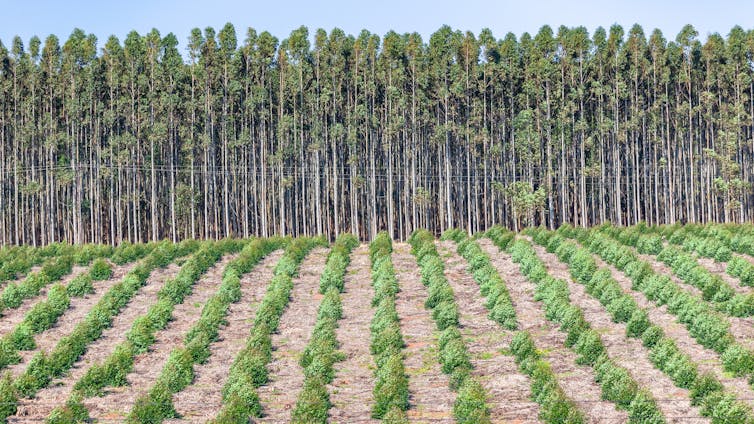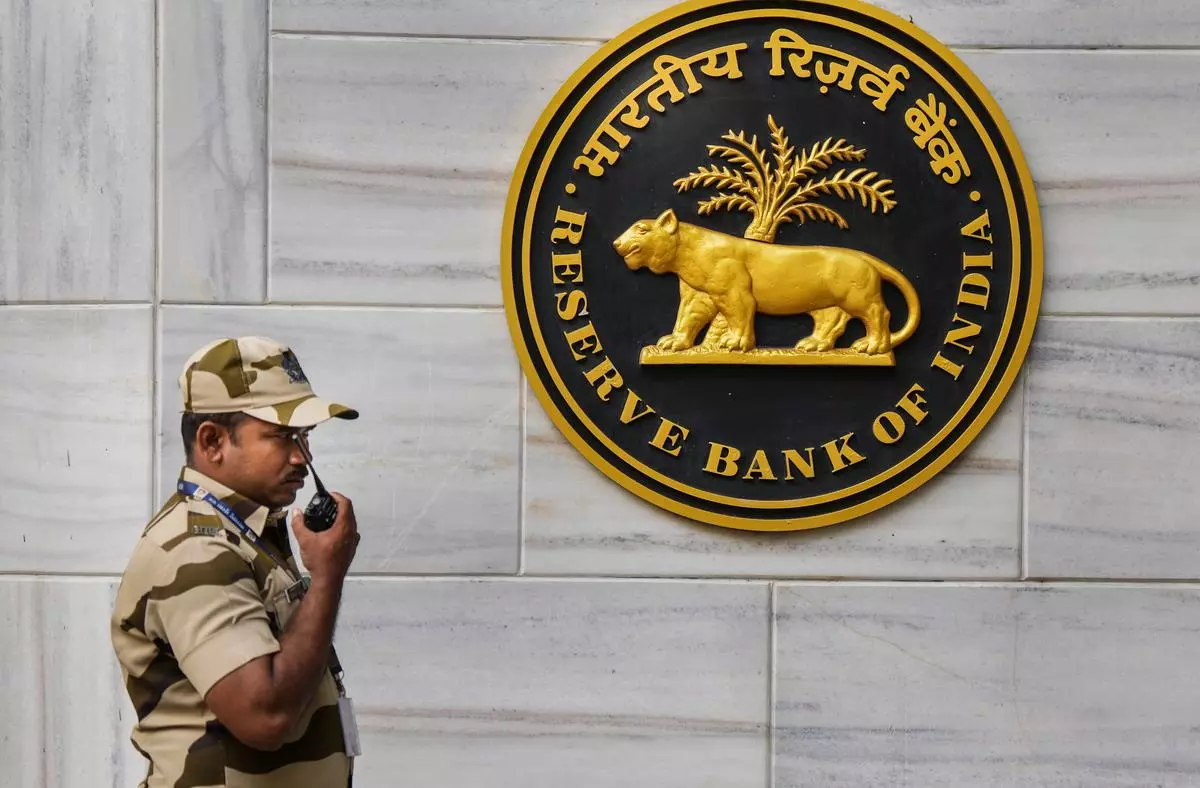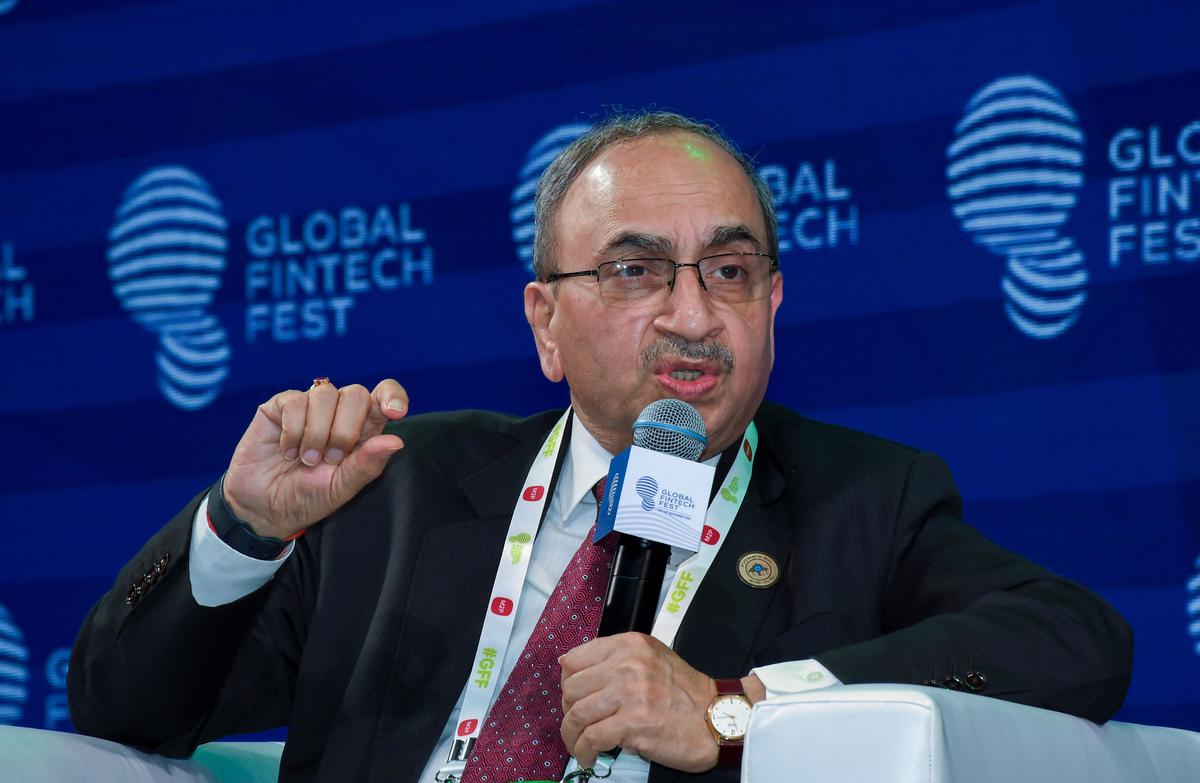- Health discussions often revolve around common ailments, such as diabetes, which affect a significant portion of the population.
- However, amidst these well-known health issues, there are numerous rare/ orphan diseases that, though infrequent, can have devastating consequences for patients and their families.

Orphan diseases: what are they?
- Rare diseases, often known as orphan diseases, have a low prevalence rate, typically affecting one person out of every 10,000 people.
Problems
- Difficult Diagnoses: Diagnoses of rare diseases can be difficult, especially for young medical professionals who may have little experience with them. Due to their rarity, many healthcare practitioners might not have encountered these illnesses during their training.
- Lack of Research: In the past, research efforts have been minimal due to low prevalence. Many uncommon diseases lack scientific understanding and efficient treatments since there aren’t as many cases to study.
- High Treatment Costs: While improvements in medical research have resulted in the creation of therapeutics for some rare diseases, these medications frequently come at astronomical costs. These expenses, seen from an Indian perspective, might range from Rs 1 million to Rs 20 million annually, rendering them out of reach for many.
India’s Initiatives and Progress
- Raising Conscience These difficulties have started to be addressed by increased knowledge of uncommon diseases and improvements in genetic diagnostic methods. More cases are being found and accurately diagnosed as awareness grows.
- Regulatory incentives have been implemented by a number of nations, including India, to entice pharmaceutical companies to spend money on research and development for untreated diseases. Orphan medications have grown more popular as a result of this.
- Patient-Driven Initiatives: In India, patient associations and organisations are actively supporting the study and treatment of uncommon diseases. The Dystrophy Annihilation Research Trust (DART), which is carrying out clinical trials for Duchenne’s muscular dystrophy, is one such instance.
- Initiatives taken by the government: The National Policy for Treatment of Rare Diseases is beginning to take effect. It intends to address uncommon diseases such cystic fibrosis, haemophilia, lysosomal storage disorders, and sickle-cell anaemia that are common in India.
Lessons Learned from Leprosy
- Incidence Reduction: After years of successful attempts to reduce its incidence, leprosy, which was previously common in India, is now regarded as a rare disease.
- Benefits of Research: Leprosy research has the potential to improve society as a whole. For instance, research on artificial antibiotics has indicated a possibility to stop the spread of leprosy to family members.
- Government Goals: Research findings could help the government reach its goal of eliminating leprosy in India by 2027.
Conclusion
- Unique healthcare issues brought on by rare diseases have gone unaddressed for a long time.
- The situation for patients with rare diseases in India is progressively becoming better, though, because to recent advancements in diagnosis, research, and patient-driven initiatives.
- There is optimism for improved diagnosis, treatment options, and cost as regulatory support and knowledge of these disorders increase, which will ultimately improve the lives of individuals affected.
Source: https://www.biospectrumindia.com/features/73/22713/rare-diseases-need-not-be-neglected-anymore-.html#:~:text=The%20commonly%20reported%20rare%20diseases,and%20certain%20forms%20of%20muscular






